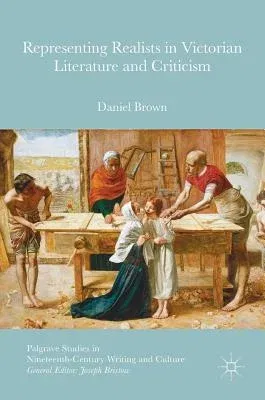Daniel Brown
(Author)Representing Realists in Victorian Literature and Criticism (2016)Hardcover - 2016, 27 December 2016

Qty
1
Turbo
Ships in 2 - 3 days
In Stock
Free Delivery
Cash on Delivery
15 Days
Free Returns
Secure Checkout

Part of Series
Palgrave Studies in Nineteenth-Century Writing and Culture
Print Length
194 pages
Language
English
Publisher
Palgrave MacMillan
Date Published
27 Dec 2016
ISBN-10
3319406787
ISBN-13
9783319406787
Description
Product Details
Author:
Book Edition:
2016
Book Format:
Hardcover
Country of Origin:
NL
Date Published:
27 December 2016
Dimensions:
21.08 x
14.99 x
1.52 cm
ISBN-10:
3319406787
ISBN-13:
9783319406787
Language:
English
Location:
Cham
Pages:
194
Publisher:
Weight:
385.55 gm